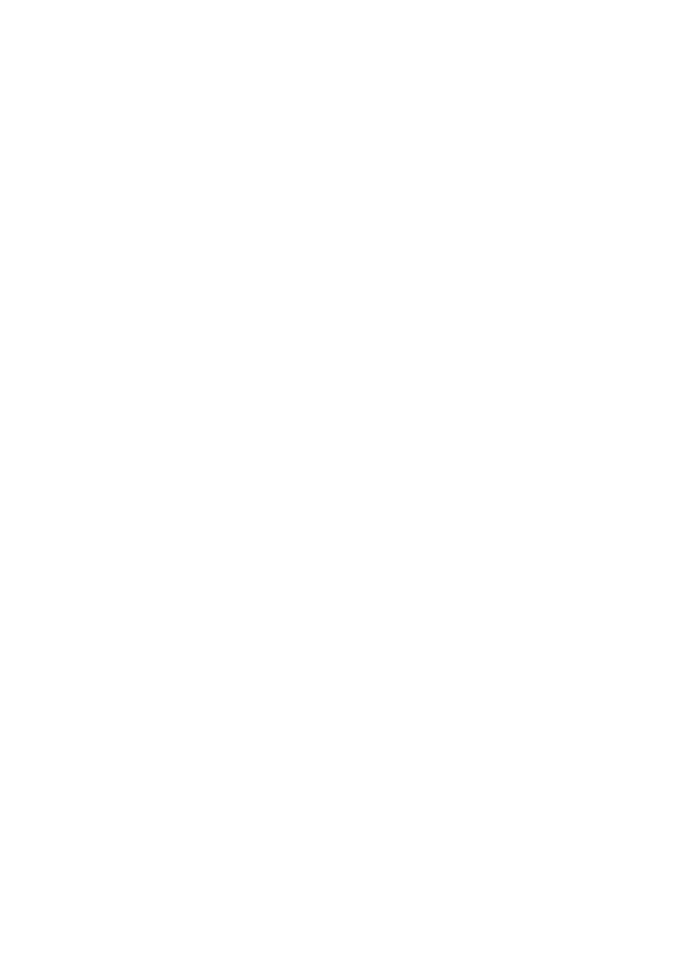
J. Cosmet. Sci., 69, 335–346 (September/October 2018) 335 Morphological Changes of Human Hair Related to “Graying” LORENA BECHTHOLD, ERIK SCHULZE ZUR WIESCHE, and FRANZ J. WORTMANN, Henkel AG & Co. KGaA, Hamburg 22763, Germany (L.B., E.S.W.), School of Materials, The University of Manchester, Manchester M13 9PL, United Kingdom (L.B., F.J.W.) Synopsis The appearance of hair is a crucial factor of human well-being. Besides hair color and shine, the dynamic movement characteristics have a great impact on a youthful look, which is desirable at all ages. However, the hair follicle is subject to biochemical changes which tend to become obvious in the mid-30s by the appearance of the fi rst nonpigmented “gray” hairs. Especially, these fi bers seem to be unruly, hereby infl uencing the hair collective. In this investigation, the complex dynamic movement of swinging hair is modeled by an in vitro method. Using pigmented and nonpigmented hair strands, the results are related to the morphological and mechanical changes associated with the process of ageing. Furthermore, the in vitro method is extended toward a real life setting by monitoring the movement of women’s ponytails with different fractions of gray hair, while walking on a treadmill. The dynamic movement of hair is a complex phenomenon, which can be affected by several factors: the internal structure, thickness and waviness of single hair fi bers, the fi ber–fi ber interactions, and the shape and volume of hair collectives. As these properties change with age, they are expected to lead to differences in the dynamic hair movement. Using the in vitro method, the dynamic hair movement of pigmented and nonpigmented hair strands is quantifi ed. A harmonic bending oscillation of a hair collective is induced by rotational excitation at the upper strand end, which allows the analysis of the driven as well as the free oscillation mode. The maximum swing height of the hair collective, characterized by the parameter “relative amplitude,” is measured during the driven oscillation and correlates with the defl ection of the hair collective. Compared with pigmented hair, the relative amplitude is signifi cantly lower for nonpigmented hair strands. This indicates a stronger damping, i.e., energy loss, for the nonpigmented hair strands, which relates to higher waviness and larger hair collective volume. In addition, the larger diameter of the nonpigmented hair fi bers leads to a higher contribution of these fi bers to the collective’s bending stiffness. Furthermore, the natural frequency during the free oscillation stage of the measurement is signifi cantly lower for partly nonpigmented hair strands. The damping of hair collectives expressed by the logarithmic decrement is, in turn, signifi cantly higher for nonpigmented hair strands. This is attributed to increased fi ber–fi ber interactions and higher frictional forces within the strand and to increased air resistance. With the laboratory test (in vitro method), the oscillation of different hair qualities using hair strands with defi ned weights and lengths can be analyzed, providing the practical and theoretical concepts to determine the hair movement in a realistic setting. This enables the measurement of the ponytail movement for women walking on a treadmill. Like the in vitro method, the in vivo method allows the analysis of the driven and the free oscillation mode. It is shown that the results of both methods demonstrate a high degree of correspondence. Ponytails with ≥5% nonpigmented hair fi bers have a signifi cantly lower relative amplitude and a signifi cantly higher damping performance in comparison with ponytails with no or less than 5% nonpigmented hair Address all correspondence to Lorena Bechthold at lorena.bechthold@henkel.com.
Purchased for the exclusive use of nofirst nolast (unknown) From: SCC Media Library & Resource Center (library.scconline.org)








































































































